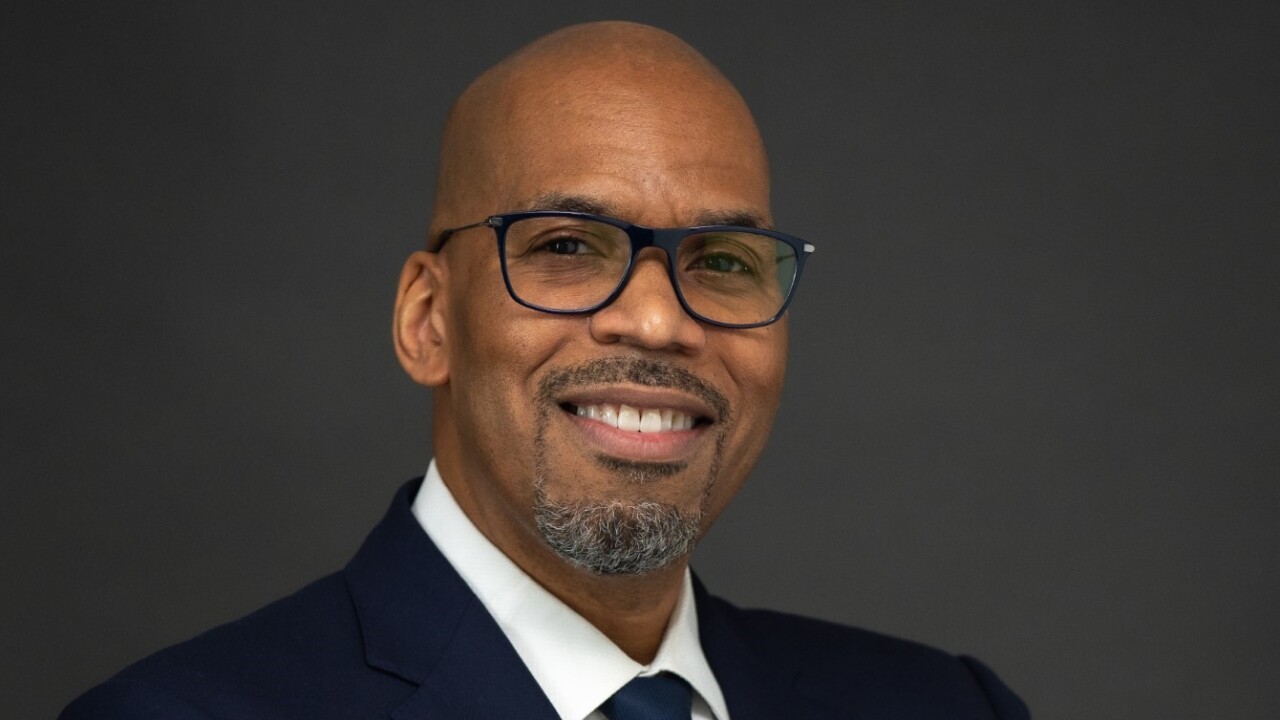Over the last number of years, the headlines in the business press and accounting trade periodicals have been focused on issues that sell newspapers - but do these issues really mean anything to the majority of America's businesses and CPAs?
Sarbanes-Oxley, the Public Company Accounting Oversight Board, Big GAAP vs. Little GAAP - how often do the vast majority of our country's accountants' clients talk or care about these matters?
There are roughly 45,000 practice units in the PCPS division of the American Institute of CPAs. The vast majority are small businesses - where are the headlines, concerns and resources that pertain to them?
I recently had the privilege of being part of a panel at the Association for Accounting Marketing conference in Orlando, where Jim Metzler, the vice president for small firm interests at the AICPA, shared with the participants that 62 percent of the members of the profession are now over 40.
Another statistic floating around is that more than 50 percent of our profession is 50 or older. Think about the impact that these demographics have on the vast majority of America's accounting community: the small practice units. Will they have a fire sale on their practices because there will be so many of them up for grabs simultaneously? Are the succession-planning seminars now sprouting up going to be truly relevant and practical to the core practices in our communities? Are businesses ready for the accounting industry to look like the banking industry - and should they have to be? If a merger is a meaningful solution, how do you get prepared for it, and how do you prepare your clients for this process?
Like it or not, CPAs are in a people business. Our clients are people, and how can we be of service to them without our own people on board? The competition to secure staff is intense, and the shortage of personnel is an epidemic plaguing our entire profession. It puts pressure on salaries, and you look to confront that pressure by building a bigger top line and increasing revenues from present and future clients.
If you are not a mega-accounting presence in your community, or one of high prominence, your options for staffing are incredibly limiting and frustrating. It is not uncommon for practitioners to wonder aloud what happens when clients get wind of the demographic issues and competitive problems that confront our profession. With the long-standing relationships that so many of us have with our clients, can we turn to them to help us manage our challenges? What is the risk of engaging clients in the solution? What is the reward for the clients? Do advisory boards need to be restricted to the big firms? Do committees of staff, partners and clients have a role to play? These are good questions, but ones seldom seen in wide print.
Demand for our services is way up, and as a profession, we are making more money than we have in some time. But it should be spreading like wildfire, and it just is not.
The more attractive our profession is, the better for business, and the better for curing our ills. As many of us know, if you want attention, you have to grab it. Every CPA should be bragging about the good times and the great work. The mega firms are not the only ones that can reach out to young, aspiring accountants at the high school and college level. Nor the only ones that can educate staff about practice management and include staff in determining internal operational priorities.
The mega firms should not have exclusive control over our profession's agenda.
Smaller is a relative term. My practice employs 50 people, and I still consider us to be "smaller." We all know where we stand on the relative scale, and we all know what the typical CPA firm is and is not. There is strength in numbers, and the numbers lie with the smaller units. The question is, why are we comfortable serving as the silent majority?





